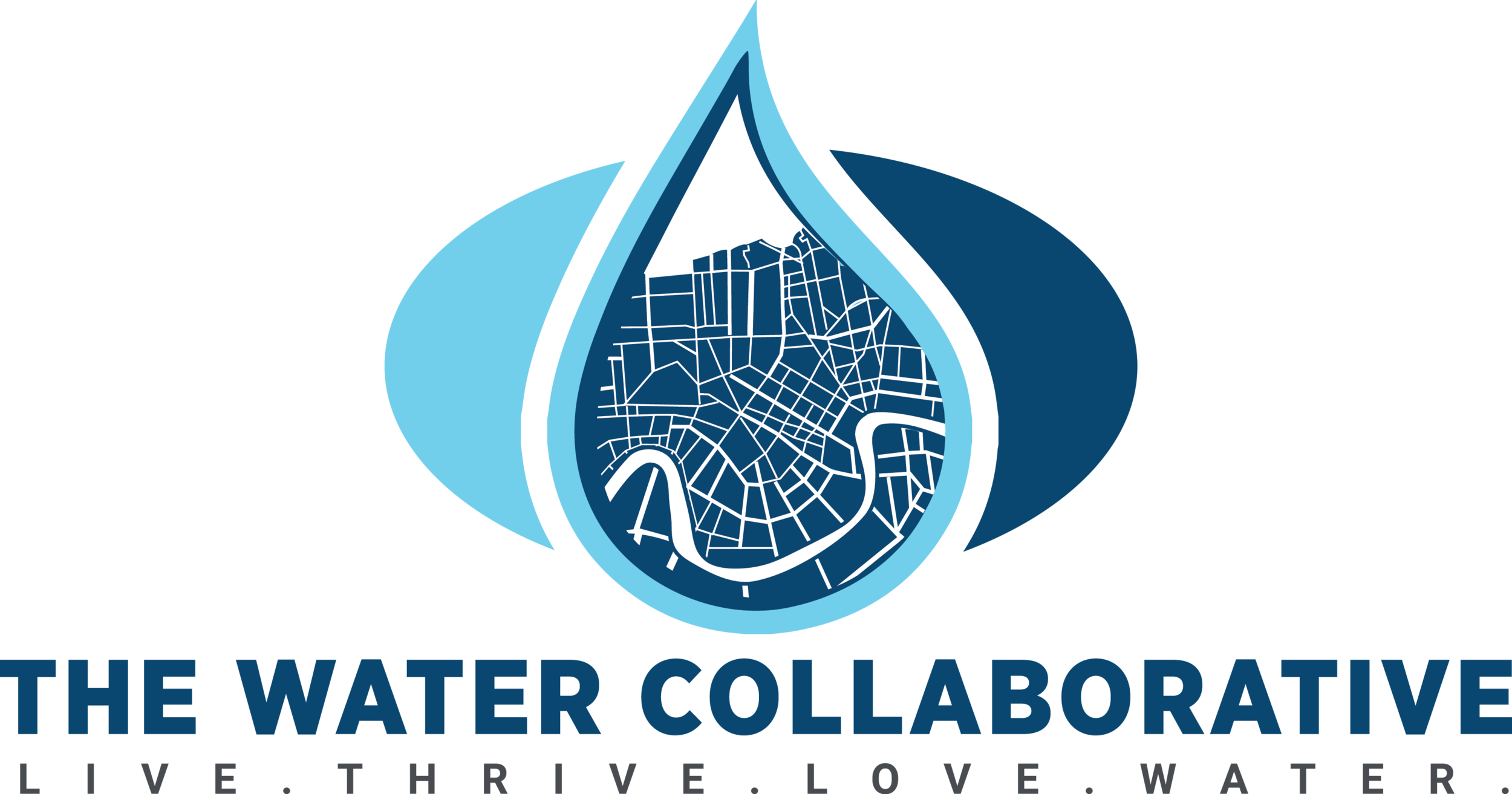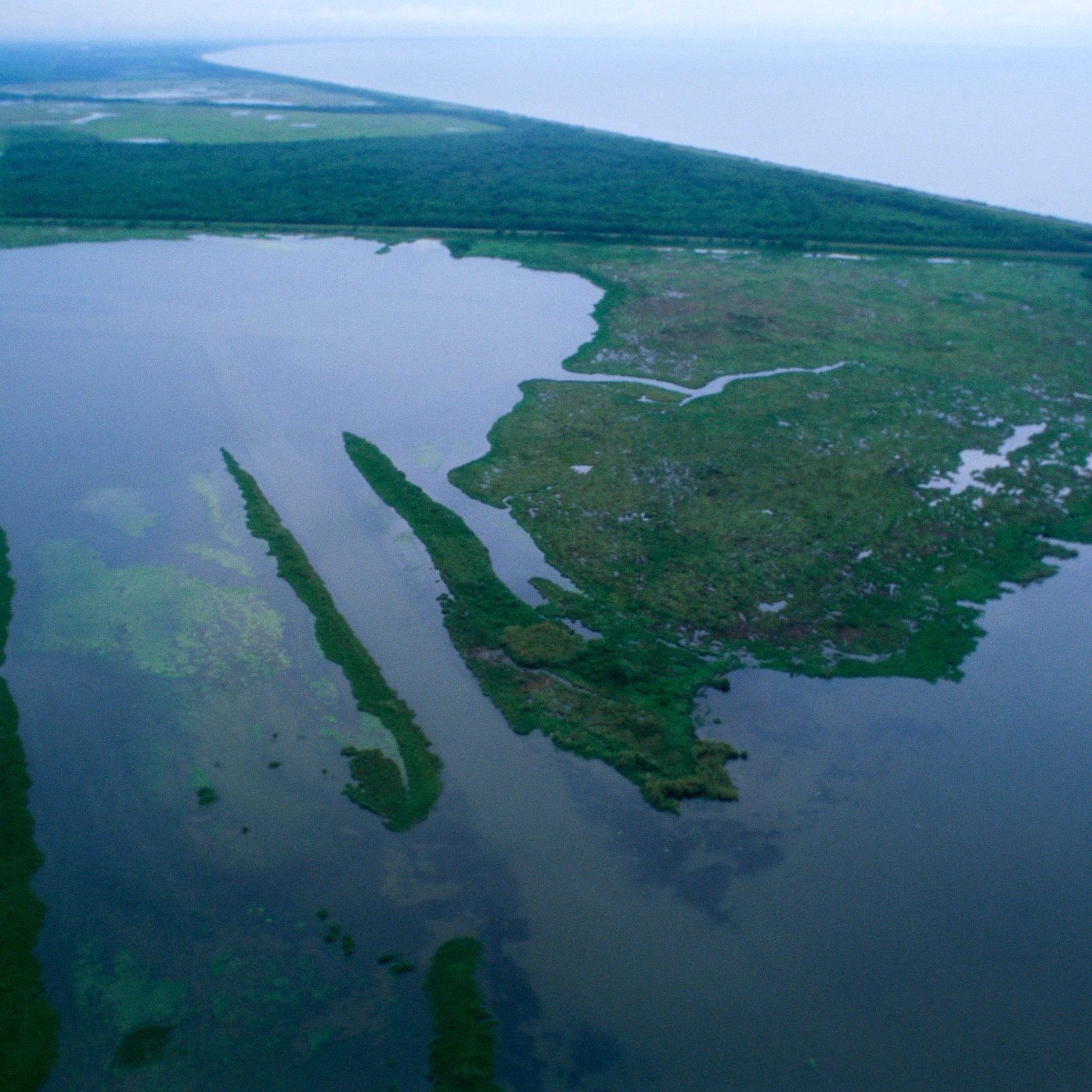What is Green Infrastructure
Why Does NOLA Flood?
Green infrastructure is a cost-effective, resilient approach to managing wet weather impacts that provides many community benefits. while single-purpose gray stormwater infrastructure—conventional piped drainage and water treatment systems—is designed to move urban stormwater away from the built environment, green infrastructure reduces and treats stormwater at its source while delivering environmental, social, and economic benefits.
Green Infrastructure in New Orleans
Developed by Dana Brown & Associates with the support of the New Orleans Redevelopment Authority (NORA) and the State of Louisiana Office of Community Development
Sink It
Slow it
Stormwater Planter Box
Planter boxes are urban rain gardens with vertical walls and either open or closed bottoms. They collect and absorb runoff from sidewalks, parking lots, and streets and are ideal for space-limited sites in dense urban areas.
Rain Garden
Rain gardens, also known as bioretention or bioinfiltration cells, are shallow, vegetated basins that collect and absorb runoff from rooftops, sidewalks, and streets.
Permeable Pavement
Permeable pavements infiltrate, treat, and store rainwater where it falls. They can be made of pervious concrete, porous asphalt, or permeable interlocking pavers. This practice is particularly cost effective in areas of high precipitation and high land values.
Flow Through Planter
Flow-through planter boxes are structural landscaped reservoirs that collect stormwater, filter out pollutants, and disperse water through the vegetation, growing mediums, and gravel.
Green Roof
Green roofs are growing media and vegetation that enable rainfall infiltration and evapotranspiration of stored water. These systems also help regulate building temperature keeping buildings cooler in warm weather and retaining heat in cool weather.
Land Conservation
Preserving open spaces improve water quality and buffer against flooding impacts of urban stormwater while providing recreational opportunities for city residents.
Reuse It
Rain Barrels
Rain barrels are harvesting systems that collect and store rainfall for later use. When designed appropriately, they slow runoff and provide a sustainable source of water.
Cisterns
Similar to rain barrels, cisterns collect rainwater from high places that would otherwise be lost to runoff and divert it to storm drains and streams
Move it
Bioswale
Bioswales are vegetated, mulched, or landscaped channels that provide treatment and retention of stormwater from one place to another. As linear features, they are particularly well suited to being placed along streets and parking lots.
French Drain
French Drains reroute rainwater through rooftop drainage pipes into storm sewers, rain barrels, cisterns, or permeable areas.











